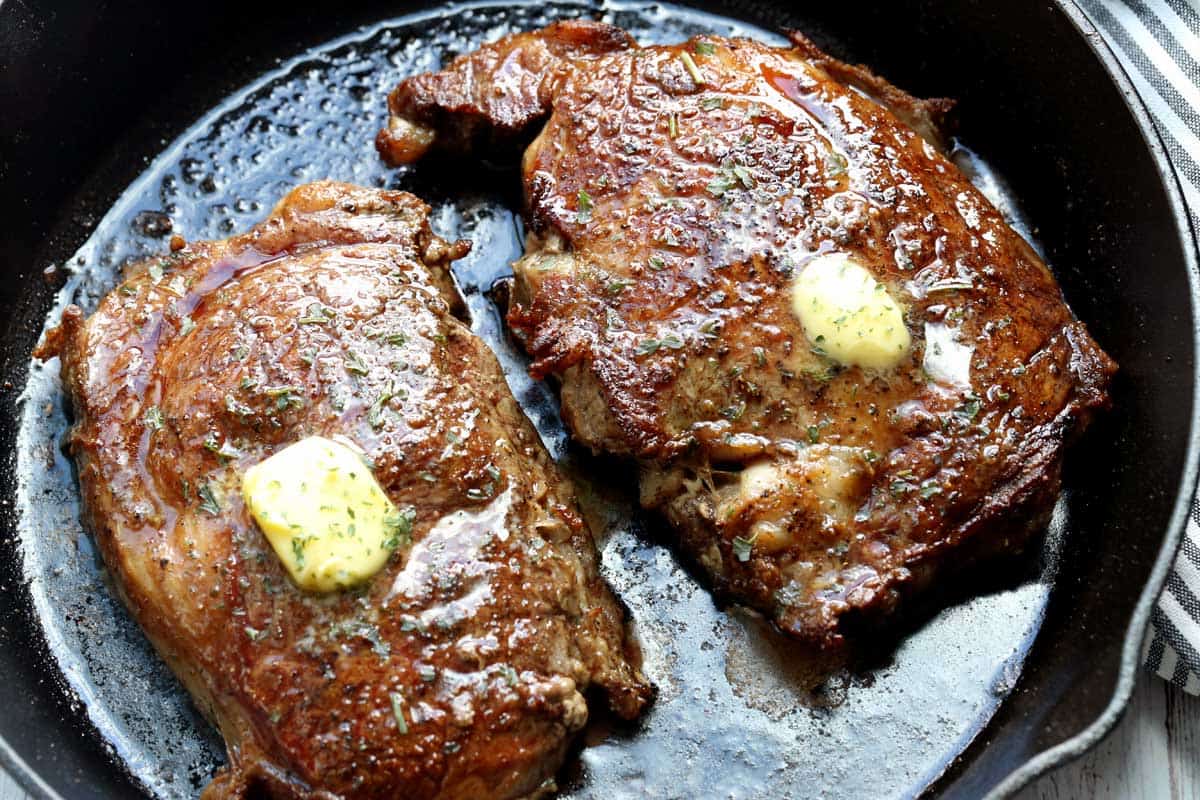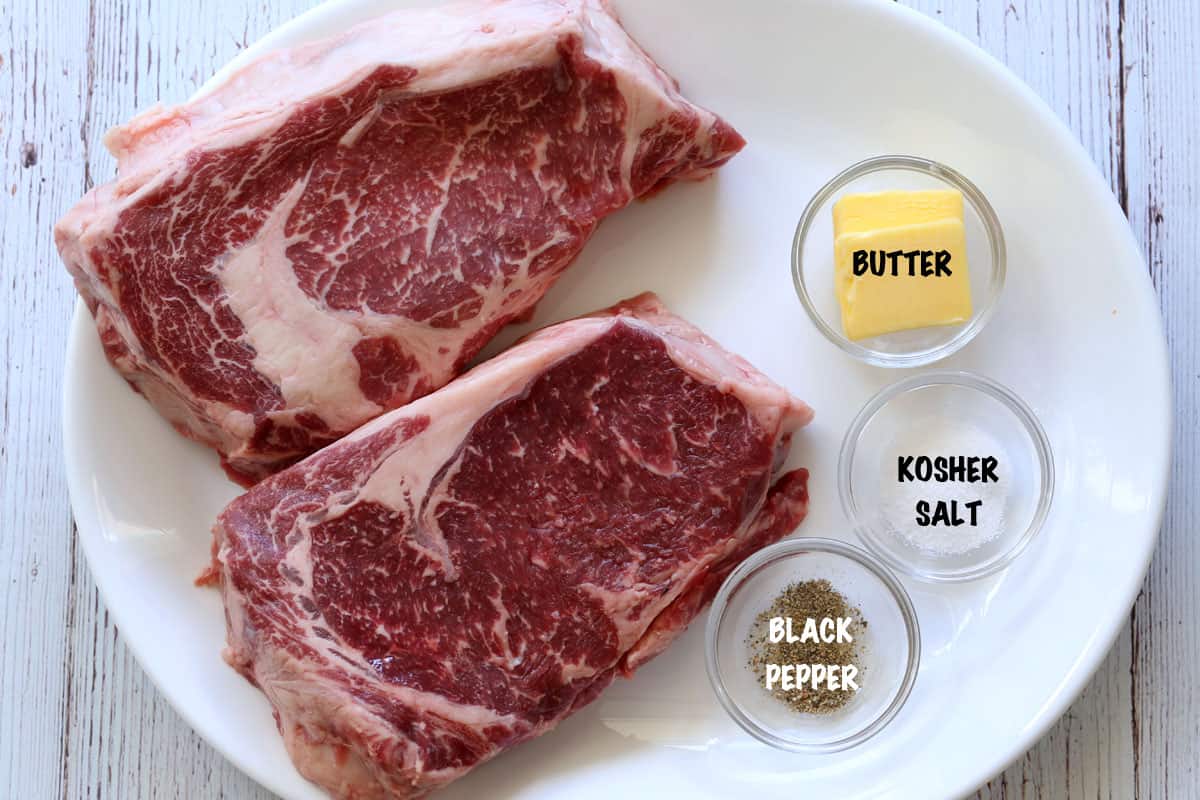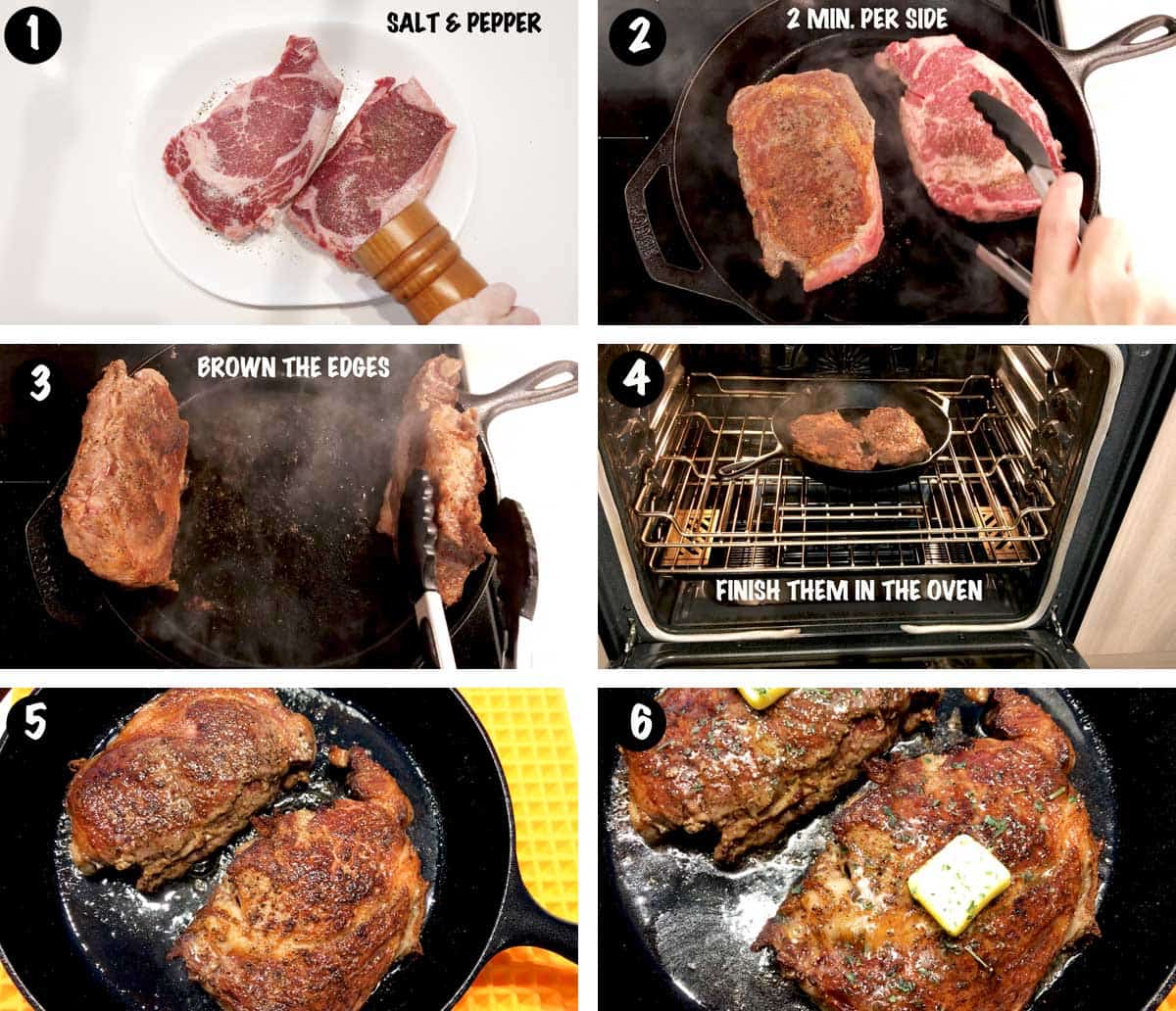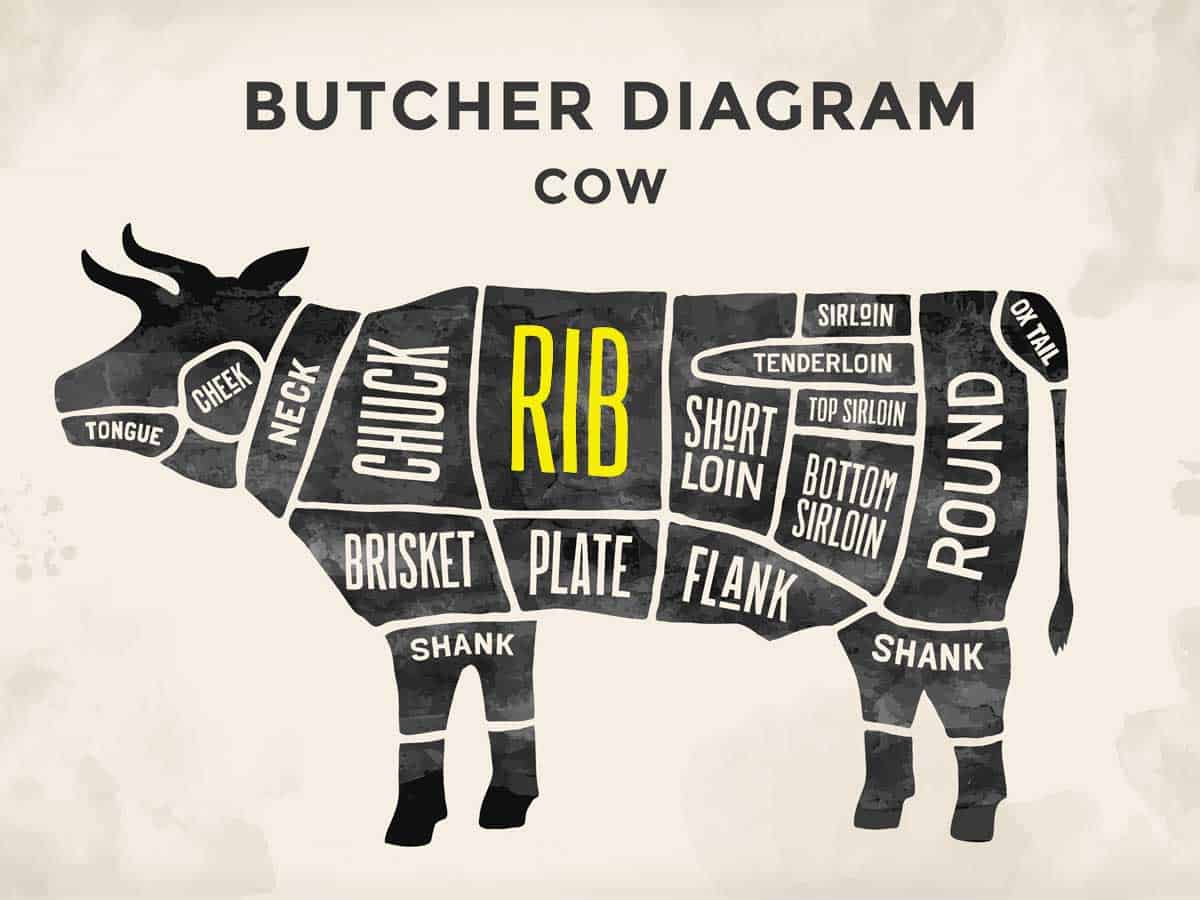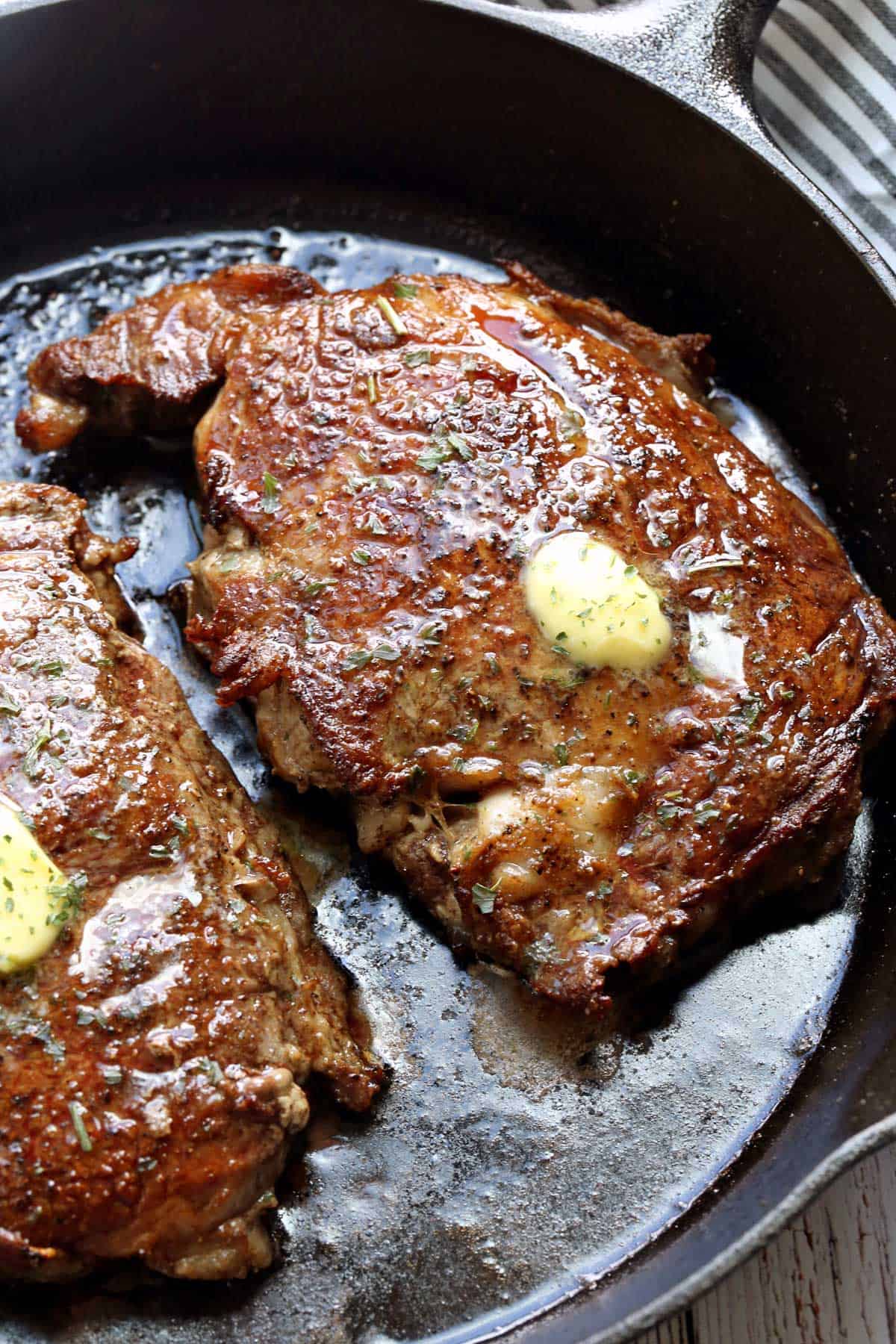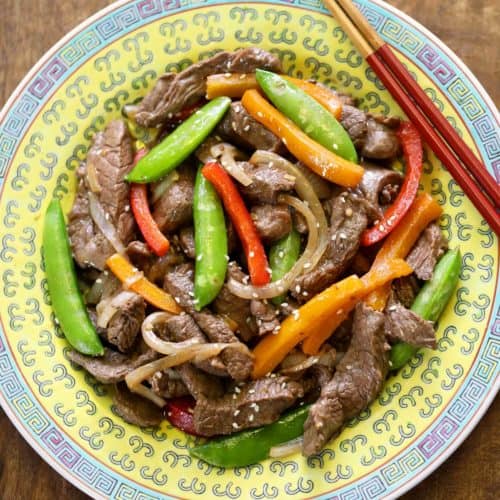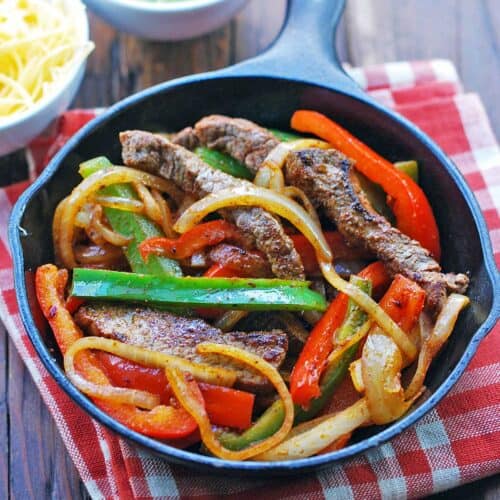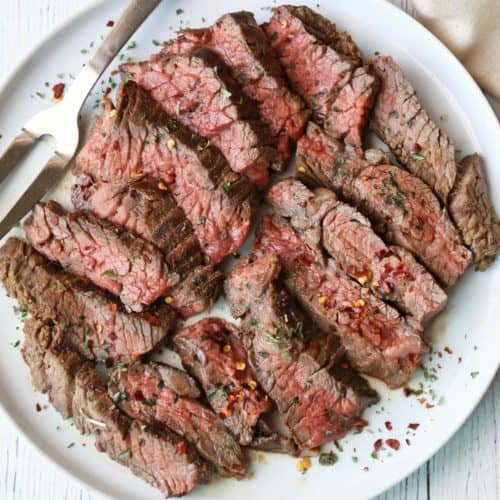This method will nicely brown the fat and create a good crust on the exterior while keeping the inside of the steak tender and juicy. Ribeye is by far my favorite cut, with New York strip coming in at a close second. Ribeyes are marvelous - they are tender, flavorful, well-marbled, and they have these wonderful fatty edges that are like candy to me, as long as they’re well-browned.
Ingredients
You’ll only need four ingredients to cook these amazing steaks. The exact measurements are listed in the recipe card below. Here’s an overview of what you’ll need: You also need high-quality meat. I like to get big, thick (1.5-inch), USDA prime ribeyes. When I cook these steaks according to the method outlined below, I get steakhouse-level results for half the price. Ribeye steaks: As mentioned above, I like to buy big, 1-pound, 1.5-inch thick steaks. Whenever possible, I go for USDA prime grade. USDA choice is acceptable, but it’s far inferior to prime. I also recommend trying to find steaks that are not overly trimmed. See the photo? These USDA prime steaks were amazing, BUT I feel like they were just a bit over-trimmed, especially the one on the bottom. Kosher salt and black pepper: I highly recommend using kosher salt when cooking steaks. It’s tasty, and its coarse grind helps create that nice crust that we’re all looking for in a steak. I use Diamond Crystal kosher salt, and I use quite a bit of it since it has half the sodium of table salt or sea salt. Butter: For topping the cooked steaks. I feel like this isn’t optional. It greatly enhances the flavor of the steaks and is one of the reasons why steakhouse steaks are so awesome. They’re finished with butter!
Instructions
It’s easy to cook amazing ribeye steaks at home. Here’s an overview of the steps - the detailed instructions are listed in the recipe card below.
You start by preheating your oven to 500°F.Next, blot the steaks dry with paper towels. Keeping their surface dry will help create a good crust on them.Next, season them liberally on both sides with kosher salt and black pepper. I also like to season the fatty edges.Heat a well-seasoned cast-iron skillet over high heat until it’s smoking. If the skillet is well-seasoned there’s no need to add any oil.Add the steaks to the skillet. Cook them for 2 minutes per side plus 30 seconds on the edges. You can lower the heat to medium-high if the skillet gets overheated, but generally speaking, you want it super-hot.Very carefully, using oven mitts, transfer the hot skillet to the preheated oven. Leave it there for about 3 minutes for medium-rare steaks, or for about 5 minutes for medium-done steaks (which is, by the way, the level of doneness recommended by the USDA).Transfer the steaks to a warm plate and loosely cover them with foil to keep them warm. Let them rest for 5 minutes, then top them with butter and serve.
Expert tips
You could remove the steaks from the fridge an hour before cooking them to bring them to room temperature. But since I like my steaks medium-rare, I actually prefer them to be refrigerator-cold. This enables me to give them a good sear while keeping their inside red and warm. There’s less of a risk of overcooking them this way.If you like your steaks rare or if they are thinner - around 1-inch thick - you can skip the oven and simply pan-fry them. If skipping the oven, try cooking the steaks for 3 minutes per side plus 30-60 seconds on the edges, then check to see if they are done to your liking.
Frequently asked questions
Variations
The best way to vary this recipe is by using spices to season the steak. A steakhouse that I often frequent serves an excellent Cajun ribeye, seasoned with a variety of spices. While I personally prefer to let the flavor of the beef shine through and simply season the steaks with salt and pepper, sometimes it’s fun to use seasonings such as paprika, cumin, and cayenne pepper.
Serving suggestions
These steaks are so big and fatty, the best sides for them are fresh and simple. I like to serve them with arugula salad, tomato salad, or asparagus salad. They’re also good with steamed broccoli and roasted asparagus. While creamed spinach is a classic steakhouse side dish, I feel that it’s too rich for these fatty steaks, so I prefer sauteed spinach instead.
Storing leftovers
Reheated steak isn’t very good, in my opinion. So while the leftovers can keep in the fridge, in an airtight container, for up to 4 days, it’s best to only cook as much as you can actually finish right away. If you do end up with leftovers, try them cold - they’re surprisingly good (kind of like thick, fatty slices of cold roast beef). If you must reheat the leftovers, do so very gently, in the microwave, covered, on 50% power.
Related recipes
👩🏻🍳 I typically publish a new or an updated recipe once a week. Want these recipes in your inbox? Subscribe! You can unsubscribe at any time.
Recipe card
❤️ Let’s connect! Follow me on Pinterest, Facebook, TikTok, YouTube, Instagram, or Twitter.
